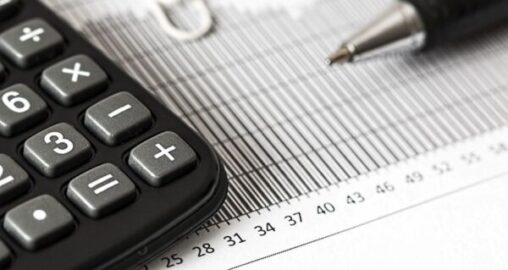US hotels post historic declines in COVID-19 swoon, STR data shows

March 25, 2020 | Jake Mooney | S&P Global Market Intelligence
The U.S. hotel industry continued its plunge as a result of the COVID-19 pandemic, with occupancy down 56.4% year over year to 30.3% in the week ended March 21, data from STR shows.
Revenue per available room fell 69.5% to $28.32 for the same period, and the average daily rate fell 30.2% to $93.41. The RevPAR decrease was unprecedented, and worse than declines following Sept. 11, 2001, and the 2008 financial crisis, STR senior vice president of lodging insights Jan Freitag said in a news release.
With most U.S. events canceled, group occupancy fell to 1%, in a year-over-year RevPAR decline of 96.6%.
“Seven of 10 rooms were empty around the country,” he said. “That average is staggering on its own, but it’s tougher to process when you consider that occupancy will likely fall further.”
Data for the top 25 U.S. markets was worse than data for the country as a whole, with occupancy falling 66.3%, to 26.2%; average daily rate falling 35.2% to $105.40; and RevPAR falling 78.2% to $27.59.
The worst declines in all three metrics were in the San Francisco/San Mateo, Calif., area, where occupancy fell 80.7%, to 16.6%, average daily rate fell 44.7% to $151.25 and RevPAR fell 89.3% to $25.08.
In New York, RevPAR fell 86.5% to $26.98 and occupancy fell 80.5% to 16.8%. In New Orleans, RevPAR fell 86.5% to $20.02 and occupancy fell 76.0%, to 20.2%.
Robert W. Baird analyst Michael Bellisario said in a note that the metrics are likely to decline further as cities, and potentially air travel, shut down across the country.
While major hotel companies appear sufficiently well-capitalized to survive, Bellisario wrote, “Investor sentiment is quite negative and many of our conversations have been focused on liquidity risks and the likelihood of hotel companies remaining going concerns — worst-case scenarios have begun to be priced into stock prices.”
Source: S&P Global Market Intelligence











